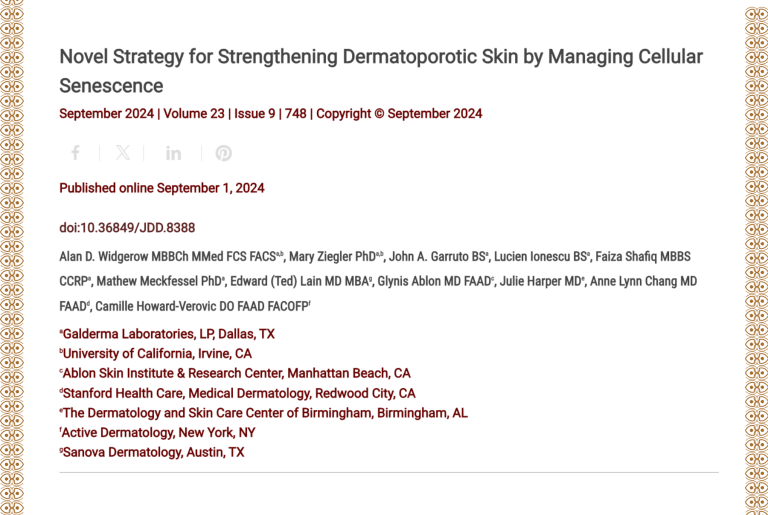
Microdosed Actives Target Dermal Senescence – A Surprising Lab Advance That Could Reshape Dermatoporosis Care
Dermatoporosis —age‑related thinning and fragility of the skin driven by fibroblast dysfunction, ECM breakdown, and cellular senescence—has few targeted options. In vitro and ex vivo work shows that microdoses of Centella asiatica and mandelic acid act synergistically to tamp down SASP cytokines, reduce senescent papillary fibroblasts (significant in an ex vivo photodamage model), and boost JAG/NOTCH signaling in basal keratinocytes. The finding is unexpected: tiny concentrations, no cytotoxicity, measurable reversal of senescence markers and an anti‑inflammatory shift. It’s early, mechanistic work—not a clinical endorsement—but it points to a novel, low‑dose strategy worth watching.
Curious about the methods, gene‑expression data, and what this might mean for real patients? Read the full study to see whether this approach could translate into practical treatments for dermatoporosis.
J Drugs Dermatol. 2024;23(9):748-756. doi:10.36849/JDD.8388
Blog write-up assisted by AI






